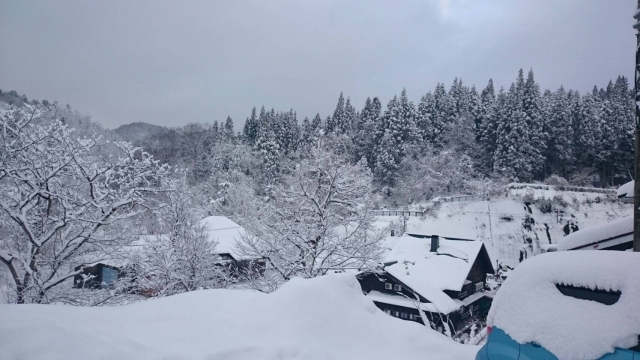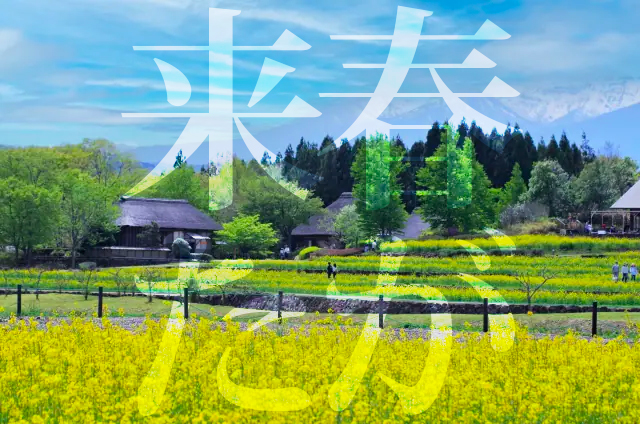Haru ga kita, haru ga kita, doko ni kita
Yama ni kita, sato ni kita, no ni mo kitaHana ga saku, hana ga saku, doko ni saku
Yama ni saku, sato ni saku, no ni mo sakuTori ga naku, tori ga naku, doko de naku
Yama de naku, sato de naku, no de mo nakuLyrics:TAKANO Tatsuyuki
Composer:OKANO Teiichi
in1910
Spring has come
Spring has come, spring has come, where has it come?
It has come to the mountains, it has come to the villages, it has come to the fields.
Flowers bloom, flowers bloom, where do they bloom?
They bloom on the mountains, they bloom in the villages, they bloom in the fields.
Birds sing, birds sing, where do they sing?
They sing in the mountains, they sing in the villages, they sing in the fields.

The Birth of a National Musical Identity
Prior to the “Jinjo Shogaku Tokuhon Shouka,” Japanese musical education typically involved attaching Japanese lyrics to foreign melodies—a practice that felt derivative and disconnected from authentic cultural expression. This songbook represented a radical departure, marking the first systematic attempt by Japanese lyricists and composers to create a truly indigenous musical language.
The Ministry of Education’s initiative was revolutionary: instead of importing musical forms wholesale, they sought to develop a unique national musical identity that could speak directly to children’s hearts. “Haru ga Kita” emerged as a powerful symbol of this cultural renaissance. Its melody, rhythm, and lyrics were crafted not by mimicking Western musical traditions, but by drawing deeply from Japan’s own rich understanding of natural cycles, emotional landscapes, and pedagogical philosophies.
The song’s infectious refrain “Haru ga kita, haru ga kita” (Spring has come, spring has come) became more than a simple lyric—it was an emotional declaration of cultural sovereignty. Each note represented a conscious effort to articulate a distinctly Japanese musical voice, transforming education from a process of imitation to an act of cultural creativity and self-expression.

The Poet of Seasonal Transitions
TAKANO Tatsuyuki was not just a lyricist but an emotional cartographer of Japanese seasonal experience. Born in the snow-laden Okushinano region, he understood intimately the profound psychological transition from winter’s stillness to spring’s vibrant awakening.
In “Haru ga Kita,” Takano crafted lyrics that dance between simplicity and depth. The song’s melodic structure—with its light, bouncy rhythm—perfectly captures the physical and emotional sensation of snow melting, buds emerging, and the first tentative warmth of sunlight. Each musical phrase seems to tremble with the same anticipation children feel when they first sense spring’s approach.

A Musical Embodiment of Cultural Sensitivity
More than a mere song, “Haru ga Kita” represents a cultural philosophy of experiencing nature. Its melody doesn’t just describe spring; it invites listeners to feel the season’s subtle transformations. The way the music rises and falls mimics the gentle undulations of emerging landscape—a musical metaphor for renewal and hope.
The song’s emotional resonance lies in its ability to transform a universal experience—seasonal change—into a deeply personal, yet collectively shared moment of joy. Each note carries the whispers of childhood excitement, the promise of new beginnings, and the gentle optimism that defines Japanese cultural appreciation of natural cycles.

A Living Musical Legacy
Among 27 songs promoted by the Ministry of Education, only “Haru ga Kita” and “Ware wa uminoko” have transcended their original context to become timeless cultural symbols. Their survival is not merely about musical quality, but about their capacity to connect generations through shared emotional landscapes.
The song continues to evoke the same sense of wonder today as it did over a century ago—a testament to its profound ability to capture the universal, childlike excitement of witnessing nature’s perpetual renewal.
▲Although GoogleMap does not show it, in reality you can get off at Iiyama Station on the Hokuriku Shinkansen Line from Tokyo Station (about 2 hours) and change to a cab to reach the TAKANO Tatsuyuki Memorial Museum in about 20 minutes.




コメント